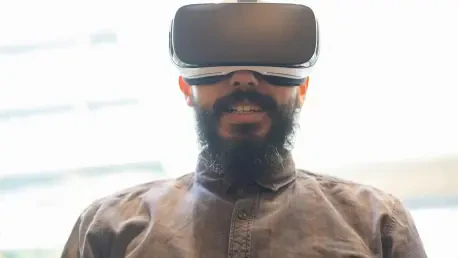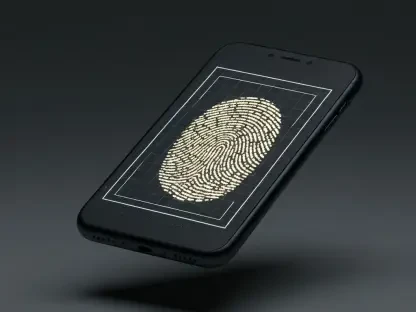In a fast-evolving technological landscape, the concept of augmented reality glasses has seen remarkable advancements, with groundbreaking potential to alter how users perceive their surrounding environments visually. Spearheading this movement is Belgian software engineer Stijn Spanhove’s experimental project, which aims to block advertisements in real-world settings. The innovative use of Snapchat’s Spectacles combined with Google’s Gemini AI technology is central to this experiment, allowing advertisements on billboards and product labels to be recognized and obscured. This move towards creating an ad-free experience reflects an exciting frontier where visual content can be tailored or filtered based on users’ preferences, hinting at the broader capabilities of augmented reality as it progresses. Smart glasses have transitioned significantly, inspired by attempts like a helmet designed by Pennsylvania college students a decade ago, which attempted to physically block ads. Such endeavors illustrate the early fascination with mitigating unwanted visual disturbances, despite past failures with devices like Google Glass. The success of projects such as Ray-Ban Meta glasses and others that integrate real-time translation intrigues users globally. Public figures such as streamer IShowSpeed have indicated an increasing acceptance and appeal. This momentum highlights the growing consumer interest in augmented reality devices, indicating the viability of this technology while engaging with current societal narratives about digital experiences akin to those portrayed in series like “Black Mirror.”
Emerging Technologies Empower Users
The innovative development of smart glasses is taking substantial form, emphasizing user empowerment by allowing individuals to control the information they consume visually. By letting users select specific imagery instead of being inundated with ads, these augmented reality devices could offer personalized and immersive experiences. The scope of customization, evolving from a simplistic red rectangle to displaying user-preferred content, underscores the shift towards more user-centric technology. Such advancements foster conversations about the intersection between technology and everyday life, raising questions about the broader implications of total ad-free digital content.
Future iterations of smart glasses hint at more advanced applications, such as dynamic interfacing with real-time data, supporting location-based services, or enriching cultural experiences. The depiction of smart glasses as seen in speculative narratives serves as a reminder of both their advantages and the ethical considerations they pose. As these devices continue to develop, they may play pivotal roles in how information is accessed and interpreted, effectively transforming daily interactions with the world. This shift prompts essential discussions regarding privacy, data usage, and the monopolization of information, raising awareness about the potential repercussions of a hyper-digitized reality that suppresses unwanted stimuli.
A Look to the Future
In the rapidly changing world of technology, augmented reality glasses are advancing significantly, with the potential to transform how we perceive our environments. At the forefront is Belgian software engineer Stijn Spanhove’s experimental project focused on blocking advertisements in the real world. This innovative project uses Snapchat’s Spectacles and Google’s Gemini AI to identify and obscure ads on billboards and labels. This initiative points to a future where visual content can be filtered according to user preferences, showcasing augmented reality’s expanding possibilities.
The evolution of smart glasses is remarkable, with initial inspirations such as a helmet from Pennsylvania college students aimed at physically blocking ads a decade ago. These early efforts underscore the fascination with reducing unwanted visual noise, despite setbacks with devices like Google Glass. The success of projects like Ray-Ban Meta glasses, which offer real-time translation, draws worldwide interest. Public figures, including streamer IShowSpeed, signal growing acceptance. This momentum reflects increased curiosity in augmented reality, linking digital experiences to popular narratives from shows like “Black Mirror.”









